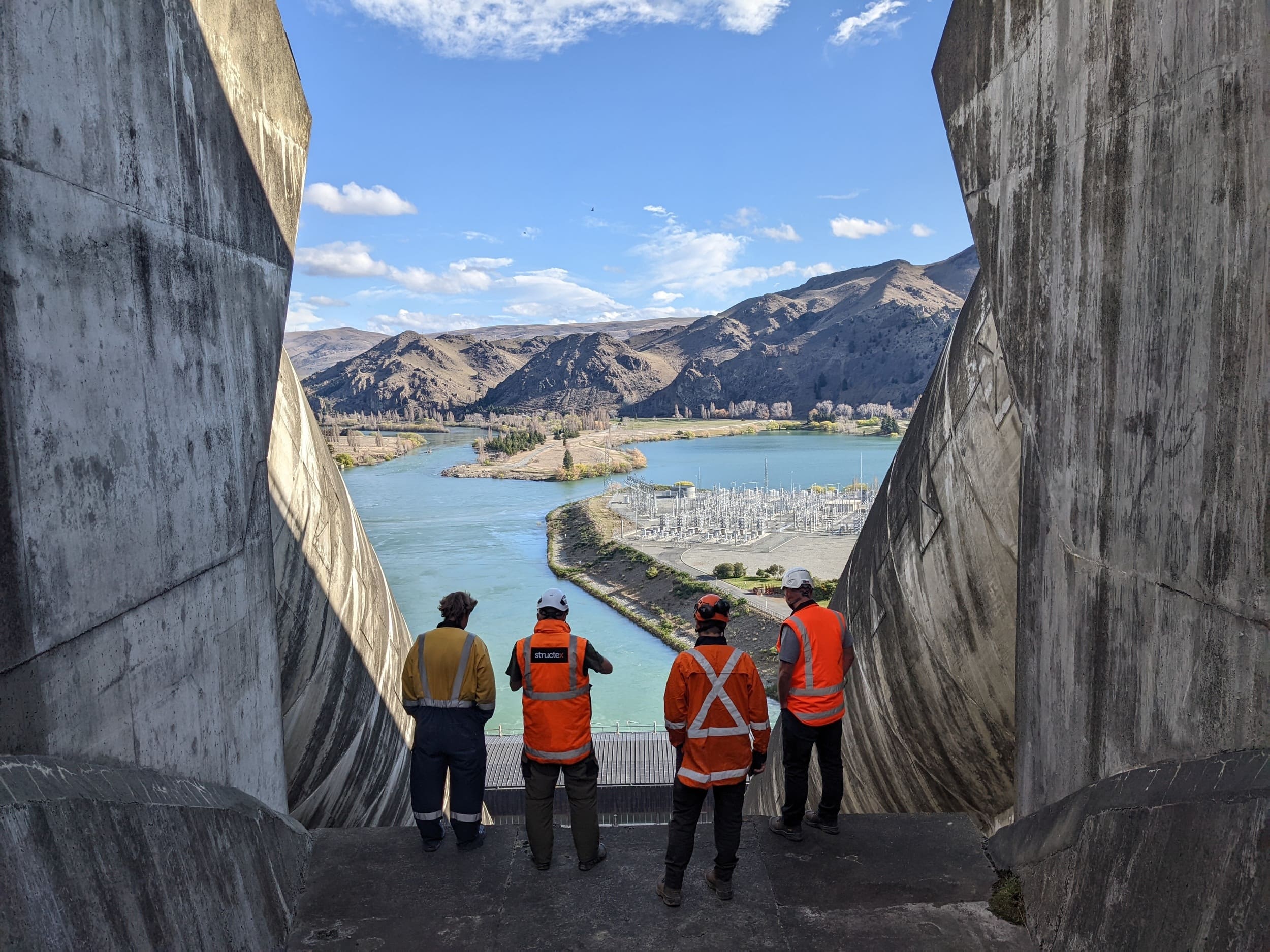Christchurch Stormwater Pump Station 205 Refurbishment
.jpg)
Seipp led the complex and detailed refurbishment of Christchurch’s PS0205 stormwater pump station, while ensuring continuous station operation.
Installed in Burwood in 1979, PS0205 is Christchurch’s largest stormwater pump station. Its main job is to prevent the tidal Avon River from back-flooding up Horseshoe Lake. It lifts water by means of three Archimedes screws at a rate of 13 cubic metres per second.
The PS0205 Upgrade project involved investigations and design to return the pump station lift capacity to original design levels following localised subsidence after the Christchurch earthquakes. A refurbishment of the station was also included involving, refurbishment, technology upgrades and safety enhancements. In 2021, Christchurch City Council contracted Seipp Construction for a comprehensive inspection and upgrade toPS0205, including contractor design for the new diesel fuel system and detailed integration of the new diesel skids and engine control system.

A 360-degree brief
We collaborated on this highly complex project with Jacobs, the council’s civil, mechanical and electrical design engineers. The initial scope of work included:
- inspecting and rectifying any structural damage
- replacing the screw drive trains including an electric and two diesel pump motors, gearboxes and couplers
- refurbishing the screws, new top and bottom bearings and shafts, screw flights and concrete chutes
- relining the roof and gutters
- new automated controls, switchboard and starter panel, and
- new building ventilation system, debris screens, diesel tanks, etc.
The scope would broaden further as new issues came to light. For instance, as council officer Martin Densham explains, ‘The concrete structure is permanently underwater, and the condition was not well understood due to the complexity and cost of dewatering and cleaning. Cracking in the concrete and other defects discovered during the work were more extensive than previously estimated. The structure differed from the original 1979 drawings. There was less reinforcing steel in the concrete block walls than anticipated.’

The dewatering and inspection process
PS0205 had to have two out of the three pumps operational at all times, so Seipp took the pumps out of service one by one.
On dewatering each pump chute, we found that there was indeed earthquake damage. Says Martin, ‘the structural engineer advised various fixes depending on the size of the crack – from epoxy injection to providing a bitumen coating.’


Replacing 100-year-old engines
Powering the screws were a couple of mid-1900s marine diesel engines and an electric motor. A local vintage machinery club gladly accepted the tired old diesels, which Seipp replaced with a pair of marinised Caterpillar Terra Cat 3406C industrial diesel engines. A new electric motor was imported from Brazil, and new gearboxes came from Italian gearing specialists Bonfiglioli.

Rewired and reroofed
Seipp completed a full electrical upgrade, and because of the need to keep PS0205 operational, this called for some stop-gap manoeuvres: ‘first a temporary hook-up, then a full switch-over’, explains project manager Barry Hofmeyr.
Other tasks that fell to Seipp included new debris screens, service ducts, plinths and supports, and other details, as well as removing asbestos from the station. Meanwhile, roofing contractors installed a new lining to the 900 sqm roof and gutters.
Refurbishing the Archimedes screws and channels
Located in an angled concrete chute, with a tolerance of just 8mm, each screw rotates on its axis to lift water up the helical blade. One at a time, the eight-tonne screws were craned out to be refurbished, modified and have bearings and shafts replaced.
The old chute channels were extended and due to condition of the existing concrete chute lining, had to be re-lined with concrete. To prevent the new concrete screed from sliding downslope, explains Barry, ‘we mocked up a miniature channel and trialled some locally available concrete, with help from Sika. We found our solution in shotcrete. We fixed a mesh in position, blasted it with concrete with a compressor, and it worked beautifully.’
The final neat part of this solution involved using a modification on the screw blade to shape the wet screed precisely to the 8mm tolerance. ‘We blasted each chute and shaped it at the same time,’ says Barry.
Protecting the native kākahi
One quite different challenge arose when ecologists found kākahi had colonised the pump stations inlet and outlet channels. Nationally these freshwater mussels are a declining and protected species, so Seipp was not allowed to disturb them. NIWA divers uplifted them and planted them further afield.
.jpg)
The outcome: A longer service life for local infrastructure
The 40-year-old PS205 can look forward to many more years of service pumping stormwater.
‘Seipp used sound, detailed methodologies, carefully considered safety plans and supplied really good quality as-built documentation,’ says Martin. ‘They front-footed issues and maintained great communication throughout.’









%20(1).jpg)

.jpg)

.jpg)

.jpg)
.jpg)






.jpg)
.jpg)
.jpg)
.png)
.jpg)

.jpg)

.jpg)

.jpg)
.jpg)
%20(1).jpg)


.jpg)
.jpg)

.jpg)
.jpg)
.jpg)
.jpg)


.jpg)